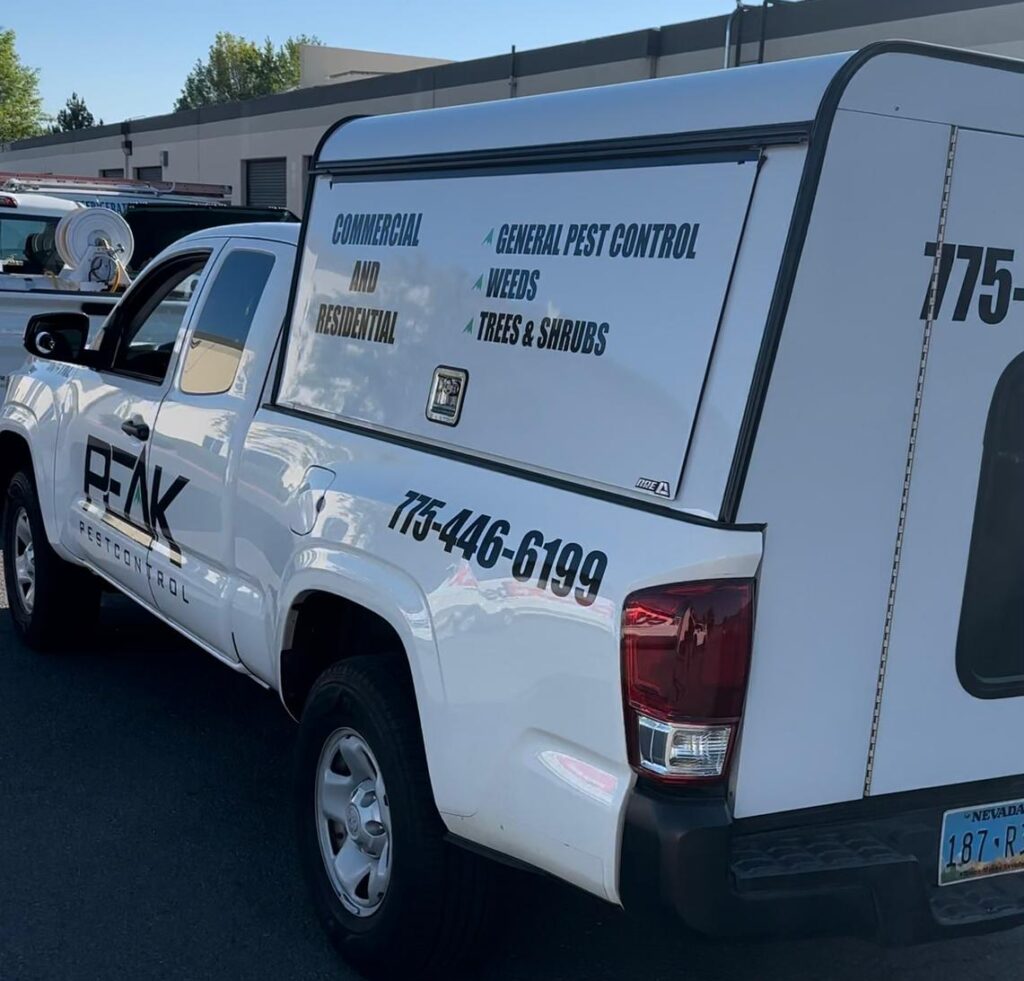Your backyard should be a place for relaxation and enjoyment, where beneficial pests can also relax and do their job, not a battleground against unwanted critters.
Let’s look at five practical steps that actually work to keep your outdoor spaces pest-free.
Step 1: Master Your Landscape Strategy
The way you arrange and maintain your yard plays a huge role in whether pests see it as an inviting habitat.
Trim vegetation regularly
Overgrown shrubs and bushes near your house create perfect hiding spots for spiders, rodents, and various insects. When branches touch your home, they create literal bridges for pests to enter.
Keep plants at least 18 inches from your foundation. This creates a space that most pests won’t want to cross. Regular trimming also improves air circulation, which reduces moisture – another big pest attractor.
Remove fallen fruit and debris
That apple that fell from your tree isn’t just garden waste – it’s a buffet sign for wasps, beetles, and other hungry pests. Fallen fruit ferments quickly, creating strong odors that attract pests from surprising distances. Make a habit of picking up yard debris weekly.
Step 2: Eliminate Standing Water
Water is a magnet for many pests, particularly mosquitoes. One female mosquito can lay hundreds of eggs in just a tablespoon of water, and those eggs can hatch in less than a week. Even small amounts of standing water create breeding grounds for mosquitoes. A weekly yard check for water collection points can dramatically reduce their populations.
If your yard has spots where water collects after rain, consider creating a drainage solution. Proper drainage not only reduces pests but also helps protect your home’s foundation.
Step 3: Create a Smart Storage System
How you store outdoor items can invite or deter pests. Firewood stacks provide ideal shelter for many pests, from termites to rodents. Store firewood at least 20 feet from your home, elevated off the ground on a rack, covered on top, with sides open for air circulation. This prevents pests from using your woodpile as a staging area for entering your home.
Patio cushions, umbrella covers, and other outdoor fabrics can trap moisture and create hiding places for pests. When not in use, store them in sealed containers and keep them clean and dry.
Finally, cluttered sheds and garages become perfect habitats for spiders, mice, and other unwanted guests. A tidy storage system eliminates many of the hiding spots pests need to thrive.
Step 4: Adopt Smart Feeding Practices for Pets and Wildlife
Food sources attract pests faster than almost anything else. Your backyard feeding habits might unintentionally welcome unwanted guests.
For example, outdoor pet feeding stations attract more than just your furry friends. Even small amounts of pet food can attract ants, rodents, and other scavengers. So, try to keep spills at a minimum and feed pets only at scheduled times rather than leaving food out all night. This is good for pests and your pet’s health, too!
You may also want to learn proper composting practices. Use a closed compost system with a tight lid if you can, and keep compost bins away from your home. Turn compost regularly to speed decomposition.
Step 5: Establish a Regular Monitoring Routine
The most effective pest prevention happens before you actually see pests. Regular monitoring helps you catch problems early.
Weekly yard inspections
Set aside 15 minutes each week to walk your property and look for:
- New holes or burrows in the yard
- Damaged plants with chewed leaves
- Unusual insect activity
- Nests forming under eaves or in trees
- Signs of digging or tunneling
- Webbing in bushes or corners
Early detection allows for simple fixes before problems grow.
Check entry points
Pests enter your yard from neighboring properties, but they enter your home through specific vulnerabilities:
- Gaps in window screens
- Spaces under doors
- Cracks in the foundation
- Openings around pipes
- Damaged roof vents or soffits
A quarterly check of these areas helps stop outdoor pests from becoming indoor problems.
Know when to call professionals
Some situations warrant professional help:
- Signs of dangerous pests, like certain stinging insects
- Evidence of destructive pests like termites
- Recurring problems despite your best efforts
- Multiple pest issuesare happening simultaneously
Professional services can identify root causes you might miss and address them with targeted approaches. But, perhaps more importantly, getting regular pest control has plenty of benefits, too, so you might want to establish with a local expert as soon as possible.
Final Thoughts
A pest-free backyard doesn’t happen by accident. It requires intentional practices and regular attention. The good news is that these five steps work together to create an environment that naturally discourages pests without making your yard feel like a fortress.
With these five steps and help from a pest control company, you can reclaim your backyard as the relaxing retreat it was meant to be.









